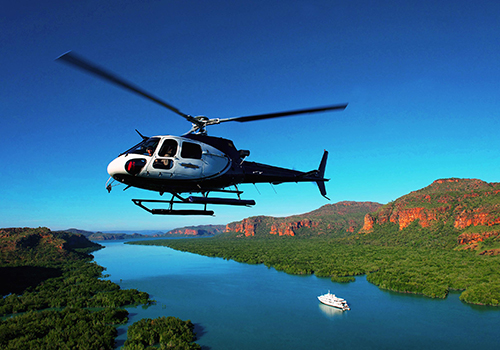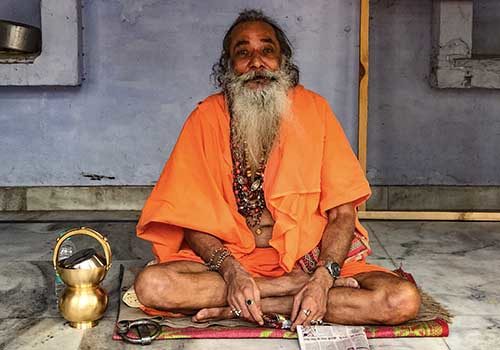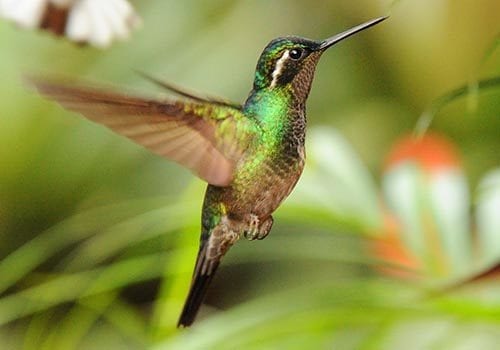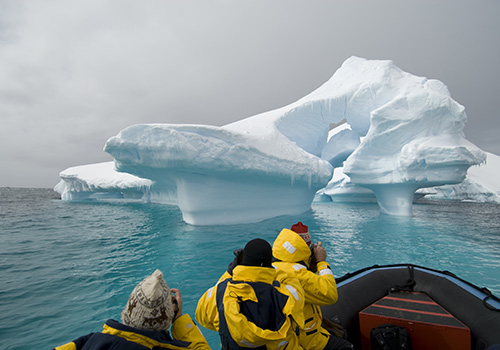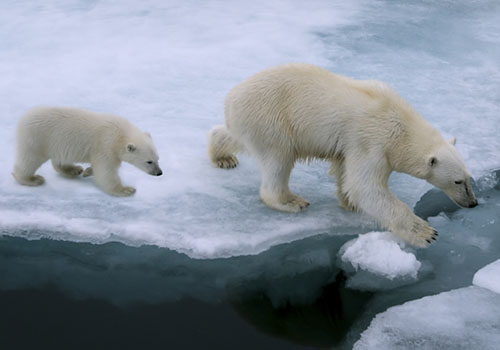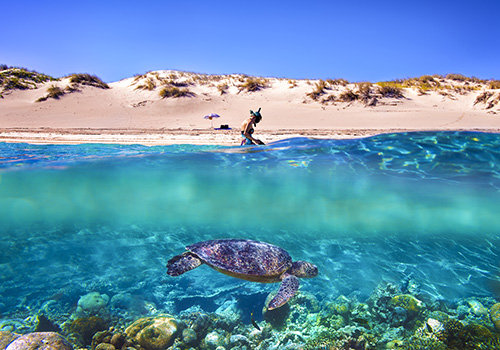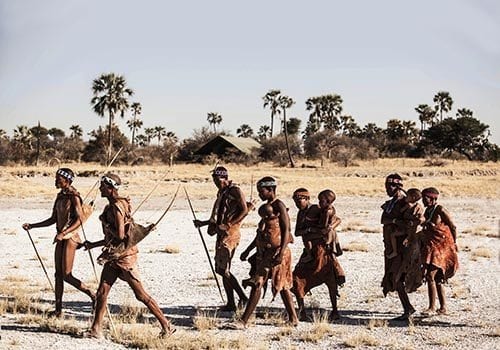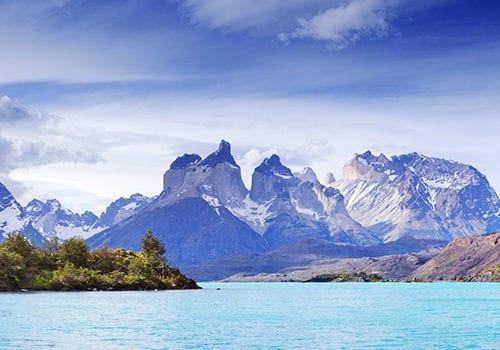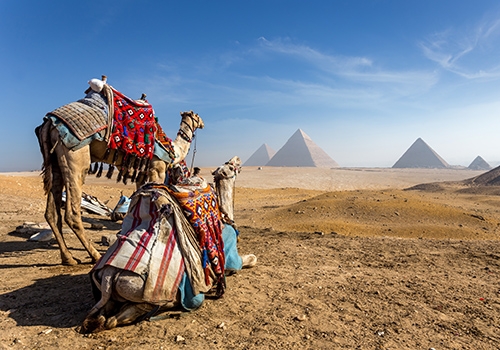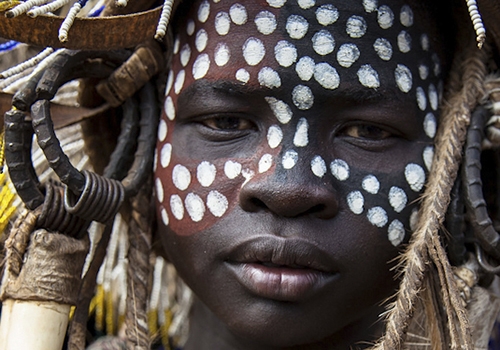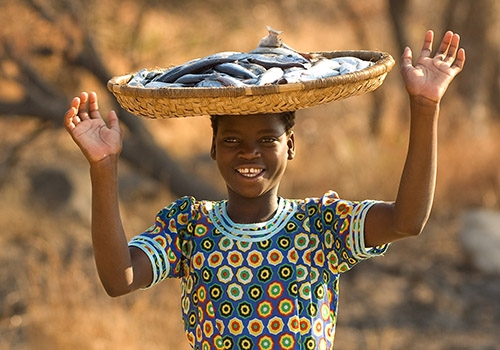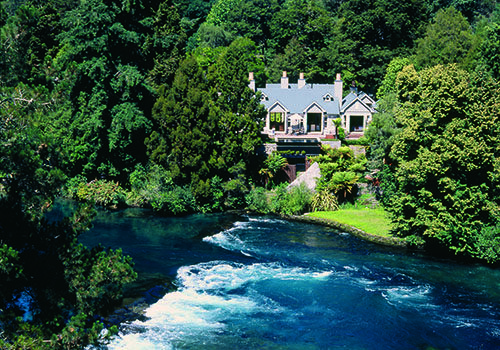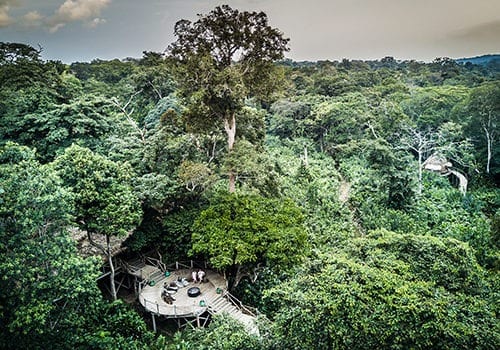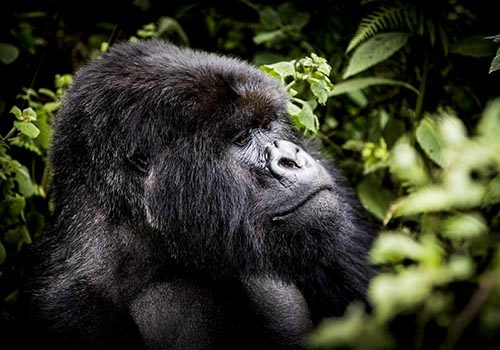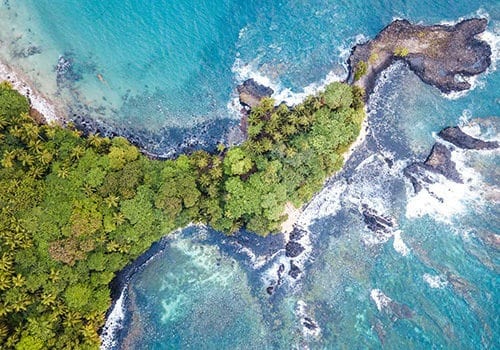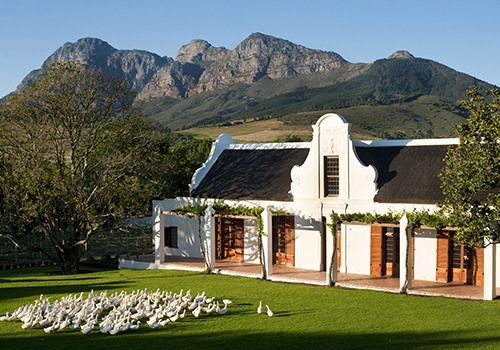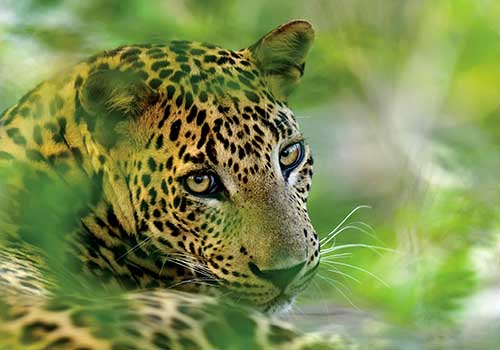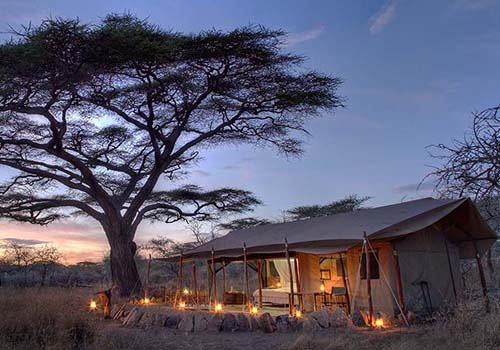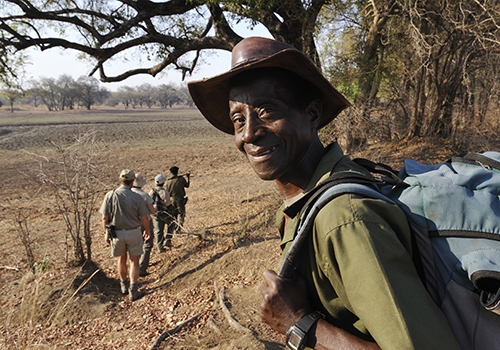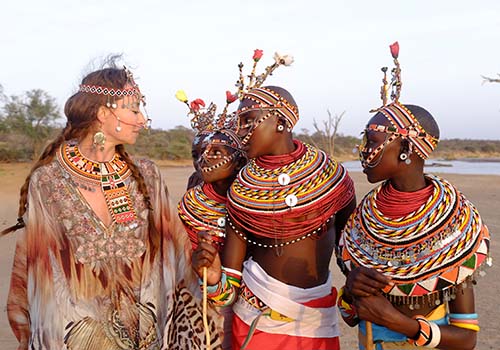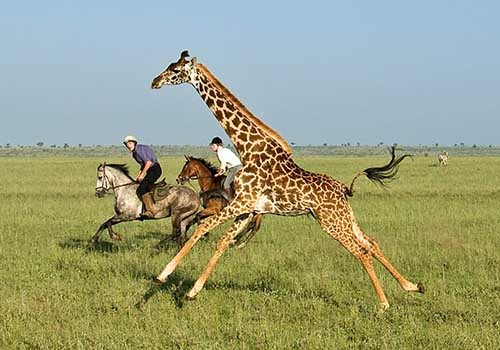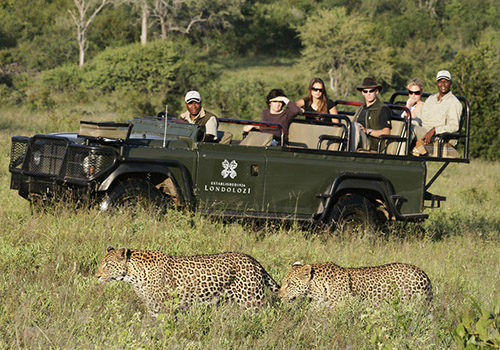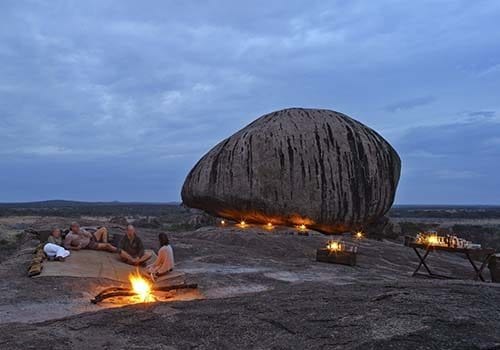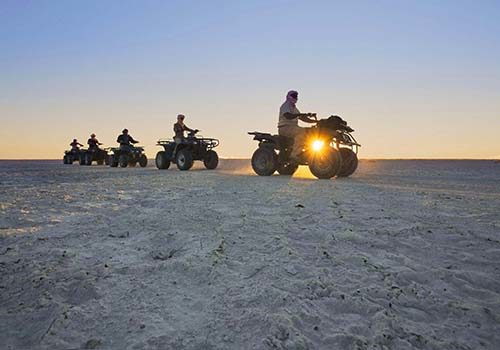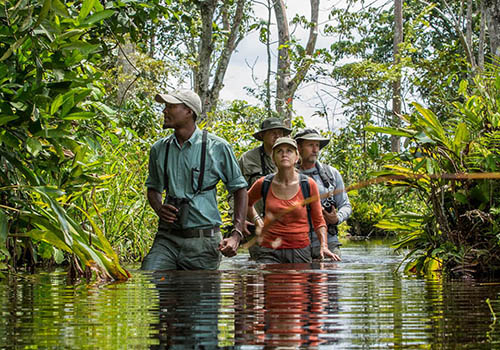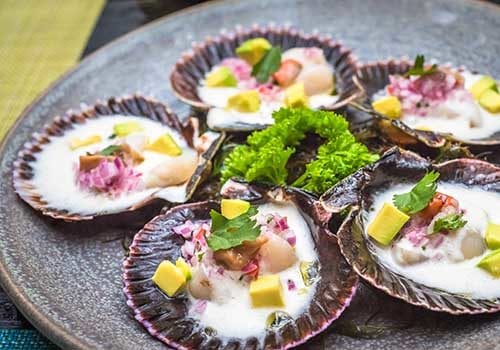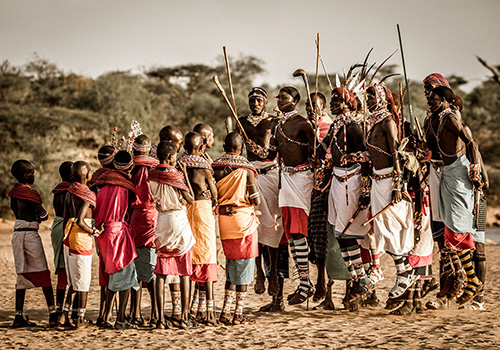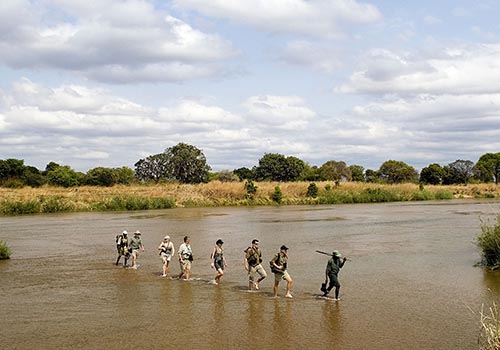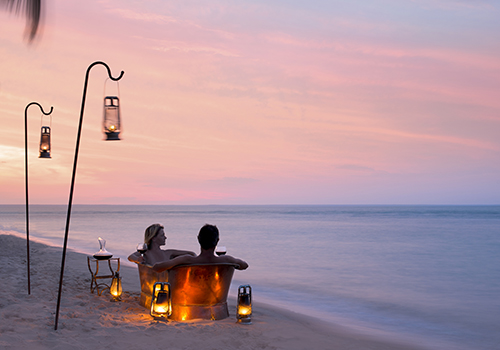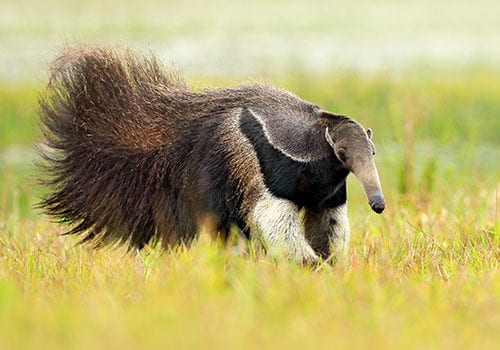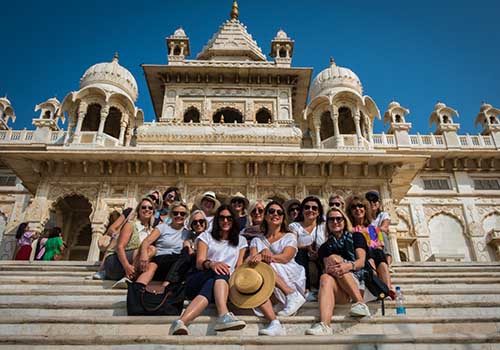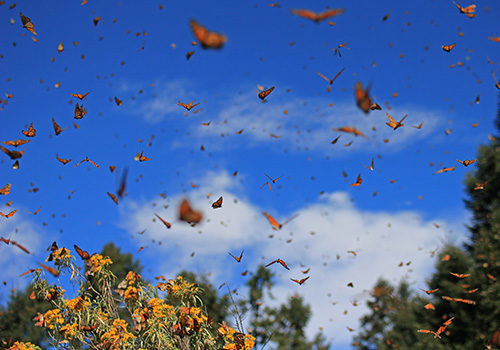
KEY INFORMATION TO PREPARE FOR YOUR JOURNEY
With a vast latitudinal range reaching from the southern tip of the continent to the northern border with Peru, Chile covers the most extreme climates in South America. With everything from searing deserts to snowy mountains, it pays to be prepared!
PLEASE NOTE: All pre-departure information was correct at the time of writing, but should be used as a guide only since requirements can change at short notice and without warning. Consult Smart Traveller or contact the Chilean High Commission or the appropriate authority prior to departure to confirm all details.
AT A GLANCE
CHILE KEY FACTS
Time: Santiago: GMT -3 hours | AEST -13 hours; Easter Island: GMT-5 hours | AEST -15 hours
Capital: Santiago
International Airport(s): Arturo Merino Benítez International Airport (Santiago International Airport) (SCL)
Official language: Spanish, although English is widely spoken in main cities.
Religion: The vast majority of Chileans are Christians, made up of around 70% Catholic and 17% Protestant. Minority religions include Islam, Judaism, Hinduism and Buddhism.
Electrical Current: 220V | Type C (two round pins)
Currency: Chilean peso
Australian High Commission: Isidora Goyenechea 3621, 12 and 13th Flrs, Las Condes, Santiago de Chile | T: +56 2 2 550 3500 | E: consular.santiago@dfat.gov.au | https://chile.embassy.gov.au/
Visa: Yes – currently required for Australian passport holders.
USEFUL WEBSITES
Smart Traveller – https://www.smartraveller.gov.au/destinations/americas/chile
Travel Doctor-TMVC – https://www.traveldoctor.com.au/destinations/chile
Chile High Commission – https://www.chile.gob.cl/
PUBLIC HOLIDAYS
January 1: New Year’s Day
Friday before Easter: Good Friday
Monday after Easter: Easter Monday
May 1: Labour Day
May 30: Corpus Christi
August 15: Assumption Day
September 18: Independence Day
September 19: Army Day
October 12: Dia de la Raza (Day of Races) – recognises the cultural fusion of indigenous America and Spanish heritage
November 1: All Saints Day
December 8: Immaculate Conception Day
December 25: Christmas Day
December 26: Boxing Day

PASSPORT, VISA & DOCUMENTATION
PASSPORTS
Your passport must be valid for at least six months after your return to Australia and have at least two blank pages for every entry and country you intend to visit on your journey. If your passport does not meet these requirements you must obtain a new one. The Australian Passport Office website is www.passports.gov.au.
It is a wise precaution to carry a photocopy of your passport separately and leave a copy at home. This will aid authorities in processing a new passport should yours get stolen or lost.
If you have dual citizenship and more than one passport, we strongly recommend that you use only one of these during your travels, as in some countries it is considered illegal to have two or more passports. Be sure to use the same passport on entry and exit from a country, and never surrender your passport.
If your passport name is different to your commonly used name, please advise us of this and ensure your airline reservations match those of your passport name.
VISAS
Since 2020 Australian nationals have required a visa to enter Chile and it is critical that you obtain your approved visa before you arrive in Chile.
The application is processed on the SAC Ciudadanos electronic platform and managed by the Consulate. Processing time is officially 10 business day, however the application process can sometimes take a few weeks, so it is best to factor this in when applying for a visa and booking your travel.
There are three types of visas with further details noted below. Please discuss which option might be most appropriate with your travel consultant before applying for your visa if you are unsure.
TEMPORARY STAY VISA – SINGLE ENTRY 8 to 72 hours
Temporary stay visa valid from 8 to 72 hours , free of charge, for passengers in transit. Passengers in transit who do not leave the airport and do not carry out immigration control do not require a visa.
TEMPORARY STAY VISA – SINGLE ENTRY
Temporary stay visa with one entry into the country permitted. It grants a maximum stay of 90 days, with the possibility of extending subject to approval by the National Migration Service upon payment of the fee.
TEMPORARY STAY VISA – MULTIPLE ENTRY
Permits a maximum stay of 90 days, with multiple entries.
All applications must be made via the SAC Ciudadanos website.
Once the visa is granted, it will be sent to the email registered during the application. Please print the visa, as Immigration may request a hard copy. On arrival in Chile, you will receive a paper tourist card. You must keep the card and present it to immigration officials when departing Chile. You can request a new copy online if your tourist card is lost or stolen.
For detailed instructions or assistance in applying for your visa please contact us.
TRAVELLING TO RAPA NUI (EASTER ISLAND)
Until recently LATAM had a form that was completed at customs per passenger travelling to Easter Island prior to clearing immigration. This form is now available and can be completed online on the website ingresorapanui.interior.gob.cl. By completing the form online and along with holding onto your boarding passes when clearing immigration, you will enable yourselves to expedite the controls in both Santiago and on Easter Island.

DRIVING IN CHILE
Driving in South America is on the right-hand side of the road so drive carefully until you get used to it. An International Driving Permit is required along with your local driving license from your country of residence, and this may be obtained from the Automóvil Club de Chile.
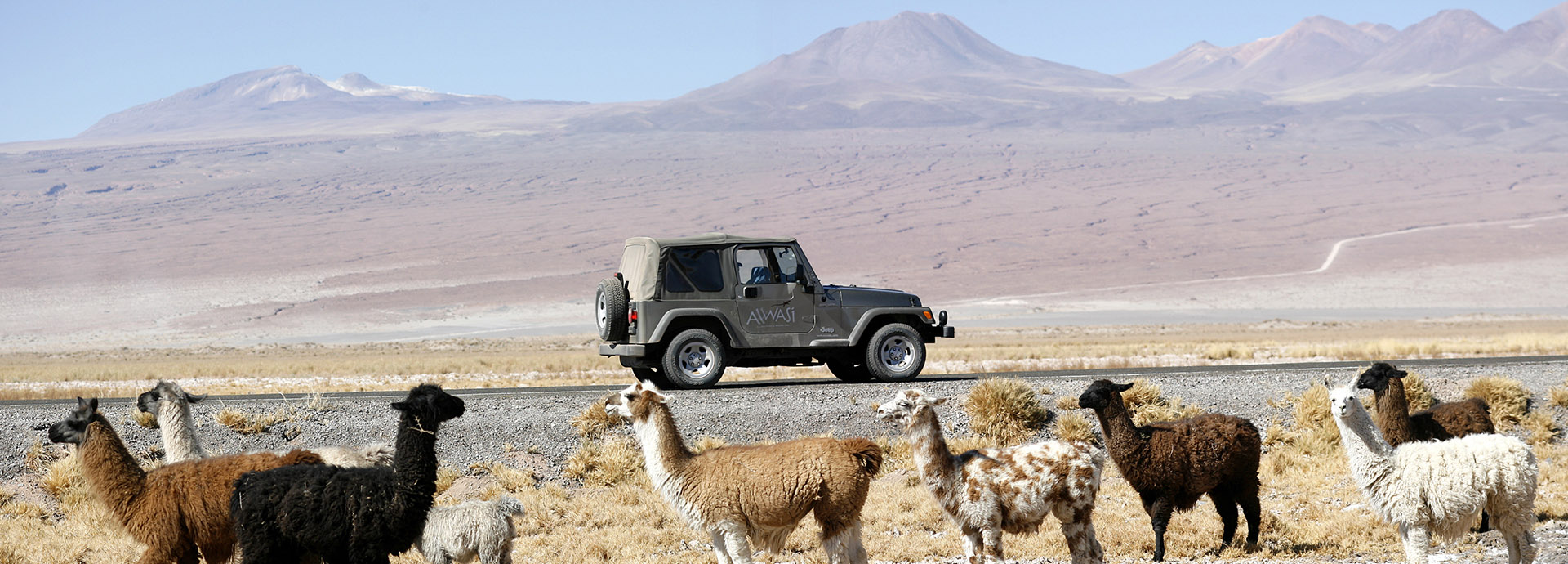
CLIMATE, WEATHER & SEASONS
CLIMATE
Chile is a remarkably shaped country, extending 6000 kilometres between 22 and 55 degrees south, but having an average breadth of between 100 and 200 miles.
The east of the country is very mountainous, with peaks up to 16000 feet.
Northern Chile is one of the world’s driest regions. Here, despite being almost rainless, the weather is often cloudy and cool. Annual average rainfall totals can be as low as 14 mm.
Meanwhile southern Chile tends to be wet all year round, featuring frequent disturbed, changeable weather. Annual precipitation can be as high as 5000 mm much of which falls as snow farther south and on the higher mountains. On the coast, winters are rarely very cold, but summers are cool and cloudy.
KEY SEASONS
- November to February: High season when the weather is at its best
- September to November & March to May: Shoulder season with attractive pricing
- June to August: Low season, good for skiing.
On Rapa Nui (Easter Island), winds and ocean currents strongly influence the subtropical climate. The hottest months are January and February, and the coolest are July and August. The average maximum summer temperature is 28°C and the average minimum 15°C, but these figures understate what can be a fierce sun and formidable heat. Light showers are the most frequent form of precipitation. May is the wettest month, but tropical downpours can occur during any season.
| SANTIAGO | JAN | FEB | MAR | APR | MAY | JUN | JUL | AUG | SEP | OCT | NOV | DEC |
|---|---|---|---|---|---|---|---|---|---|---|---|---|
| Temperature (°C) | 12-29 | 11-29 | 9-27 | 7-23 | 5-18 | 3-14 | 3-15 | 4-17 | 6-19 | 7-22 | 9-26 | 11-28 |
| Rainfall (mm) | 5 | 5 | 5 | 15 | 65 | 85 | 80 | 55 | 30 | 15 | 10 | 5 |
| ATACAMA | JAN | FEB | MAR | APR | MAY | JUN | JUL | AUG | SEP | OCT | NOV | DEC |
|---|---|---|---|---|---|---|---|---|---|---|---|---|
| Temperature (°C) | 8-25 | 9-25 | 7-24 | 6-23 | 4-21 | 2-21 | 0-20 | 3-23 | 4-24 | 5-24 | 6-25 | 7-24 |
| Rainfall (mm) | 0 | 0 | 0 | 0 | 1 | 1 | 1 | 1 | 1 | 0 | 0 | 0 |
| TORRES DEL PAINE | JAN | FEB | MAR | APR | MAY | JUN | JUL | AUG | SEP | OCT | NOV | DEC |
|---|---|---|---|---|---|---|---|---|---|---|---|---|
| Temperature (°C) | 7-14 | 7-14 | 6-12 | 3-9 | 2-7 | 0-4 | -1-3 | 0-5 | 2-8 | 3-10 | 4-12 | 6-13 |
| Rainfall (mm) | 35 | 30 | 40 | 40 | 45 | 35 | 35 | 35 | 30 | 25 | 30 | 30 |
| SOUTHERN PATAGONIA | JAN | FEB | MAR | APR | MAY | JUN | JUL | AUG | SEP | OCT | NOV | DEC |
|---|---|---|---|---|---|---|---|---|---|---|---|---|
| Temperature (°C) | 6-15 | 5-14 | 4-12 | 2-10 | 0-6 | -1-5 | -1-5 | -1-6 | 1-9 | 2-11 | 4-13 | 5-13 |
| Rainfall (mm) | 30 | 35 | 50 | 50 | 55 | 55 | 45 | 60 | 40 | 35 | 35 | 40 |

LUGGAGE & PACKING
CLOTHING
Chile is a nation of huge climatic diversity. Depending on your itinerary you could be in desert one day, and on an ice field the next. Layers are key to provide you with the versatility that might be required.
Lightweight clothing is advisable in the summer, with warm clothing for the winter. It is also necessary for the evenings if staying anywhere near the Andes range. Again, layers of clothing are recommended so that you can take off or add on as the day warms up/cools down.
You might like to pack some dressier summer clothes for time spent in cities or going out to dinner but note that in Southern Patagonia a mountain look of polar fleece and trekking pants would be appropriate clothing for dinner at any local restaurant.
A waterproof jacket is necessary if visiting Patagonia anytime of the year. A hat and and gloves are also required in winter months (May – Sept)
Don’t forget your swimming costume as there are so many beautiful swimming spots, including natural hot springs!
PACKING FOR SOUTHERN PATAGONIA
CLOTHING
In Southern Patagonia you will be around glaciers for much of the trip and if there is wind that means it could be quite cold. Make sure to bring appropriate mountain clothing with lots of layers and be prepared for rain. They say in Patagonia to expect 4 seasons in every day. As quickly as a storm can come in, the wind can sweep it away and you will glimpse a rainbow before beautiful sunny skies. Everything is possible in regards to weather (even snow!)
FOOTWEAR
You should always take sturdy trekking shoes and/or medium weight hiking boots if you plan to hike. We recommend breaking in your hiking boots prior to your trip and bringing blister care if you plan to be doing multiple days of hiking. It is recommended to waterproof your boots prior to the hikes.
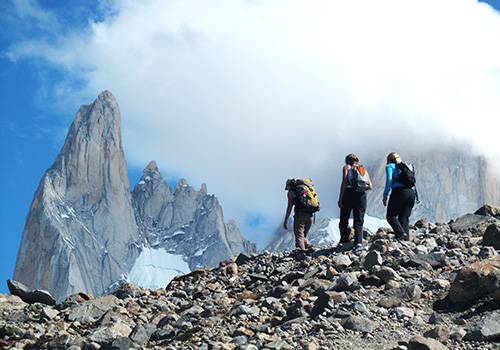
RECOMMENDED PERSONAL CLOTHING & EQUIPMENT FOR SOUTHERN PATAGONIA
| TICK | ||
| 1st LAYER | T shirts or long-sleeved tops | |
| Synthetic or merino pants or thermal leggings | ||
| Shorts (optional) | ||
| 2nd LAYER | Fleece jacket | |
| Trekking pants or trousers | ||
| Ski pants (winter) | ||
| Down vest or down jacket (optional additional layer) | ||
| 3rd LAYER | Wind breaker | |
| Raincoat with hood; recommend Gore-Tex | ||
| Ski jacket (winter) | ||
| FOOTWEAR | Walking boots or trekking shoes | |
| Walking socks; recommend merino wool | ||
| ACCESSORIES | Gloves (winter), plus one pair thin liner gloves (optional) | |
| Hat - both warm and sunhat ideally with chinstrap for windy conditions | ||
| Sunglasses | ||
| Swimwear - for hotel pools and the many natural swimming spots, which include hot springs | ||
| Small day pack for carrying water suncream, camera etc | ||
| OTHER | High SPF sun protection | |
| Lip balm and moisturiser - cold, windy conditions can be drying | ||
| Personal washbag, hygiene and medical kit | ||
| Photographic equipment |

HEALTH & VACCINATIONS
HEALTH & VACCINATIONS
As we are not qualified to offer advice, please always check with your GP or the Travel Doctor-TMVC who have the most up‐to-date information available.
Requirements are highly personal depending on your health profile and the activities in your itinerary. Some vaccinations must be given well in advance of travel, so we suggest seeking medical advice as soon as you start to plan your trip.
Be sure to ask what vaccinations or medications may be required both to enter Chile and also to re-enter Australia.
STAY HEALTHY ON YOUR TRAVELS
- Cover up – use insect repellent, mosquito nets and wear long, loose, light-coloured clothing
- If you are unsure, drink boiled water or bottled water with sealed lids
FURTHER INFORMATION
- Contact your GP for the latest recommendations for travel to Chile, tailored to your itinerary and personal health profile
- SmartTraveller – Chile
- Travel Doctor-TMVC – Chile
GENERAL RECOMMENDATIONS
There are no set vaccination requirements for entry to Chile, but a typhoid vaccine is recommended for travellers other than short term travellers who restrict their meals to major restaurants, hotels or cruise ships.
Dengue fever is on the increase and visitors should take precautions against mosquito bites.
Water is generally safe in the cities, but should be treated in the rural areas; bottled water is widely available for drinking.
Santiago is severely polluted and this could cause respiratory problems or eye irritations, particularly from May to August.
Travellers visiting the Andes Mountains should be aware of altitude sickness, and ascend slowly to allow the body to adjust. Be aware of the symptoms of altitude sickness and ensure you carry any recommended medication.
Healthcare in urban areas is adequate and in most major cities there are fully equipped hospitals with well provisioned dispensaries, but hospitals and clinics are extremely expensive and usually require payment in cash. Health insurance is strongly recommended.

MONEY MATTERS
CURRENCY AND EXCHANGE
The local currency is the Chilean Peso (CLP), which is divided into 100 centavos. Notes: $ 1.000 / $2.000 / $ 5.000 / $ 10.000 / $ 20.000. Coins: $ 0.10 / $ 0.50 / $ 100 / $ 500
Visa, MasterCard, Diners Club and to a lesser extent, American Express, are accepted in most large shops and hotels. Please note that you need to take your physical credit card, and you need to know your PIN number, as not all places will allow you to ‘tap’. In some cases you may also be asked to sign. Travellers Cheques, particularly in US Dollars, are welcome in major towns, where there are banks and exchange houses offering currency exchange services. ATMs are widely available.
Banks are regularly open from Monday to Friday from 9:00 a.m. to 2:00 p.m.
It’s best to take a mixture of money – credit card, debit card or travel cash card, plus cash just in case. Small denominations of USD or local currency are advisable, especially for tipping. If all else fails, have someone you can depend on who will make an emergency transfer of funds.
It is recommended that you DO NOT change money on the black market as you are more likely to receive a lower rate of exchange or fake notes.
TELL YOUR BANK
We highly recommend you advise your bank of your destinations and travel dates. This should prevent any of your transactions being deemed as ‘out of the ordinary’ (and possibly stopped) due to their unexpected location.
TIPPING
In general tipping small amounts is customary for all services. Guides and transfer drivers highly appreciate receiving as deserved (USD 15-20 for guides and USD 5-10 for drivers per day is a good gratuity). A tip of 10% is normal in restaurants. It is not customary to tip taxi drivers but it is usual to round up the fare if they help with luggage.
And remember tipping is discretionary. If you have received exemplary service show your appreciation with a big tip – it will be appreciated.
Always carry extra money for those unexpected tips for drivers, guides or staff that deserve that bit extra.
POWER & TECH
POWER
There are basically two main voltage systems used around the world: 110 Volt ‐ USA, Canada, Spain & Japan 220 Volt ‐ the rest of the world. In simple terms, the power supply available at the socket is roughly twice as powerful in 240V countries as in 110V countries.
The voltage in Chile is 220 Volts, therefore if you wish to use any electronic devices from Canada, the US or Japan you’ll need a voltage converter AND a plug adapter. Australia operates a 220V currency and therefore you only require an adapter for Australian appliances.
The adaptor you will need for Chile is a TYPE C (two round pins) or, alternatively you may prefer to invest in an International Travel Adaptor that provides you with more than one option.
Many adaptors also have a USB port so you can plug your smart phone, or I‐product directly into the adaptor.
For the latest & most up to date information about voltage and what adaptors to travel with refer to: www.korjo.com
ADAPTORS
Chile uses a 220V electrical current and a type C socket (two round pins)


